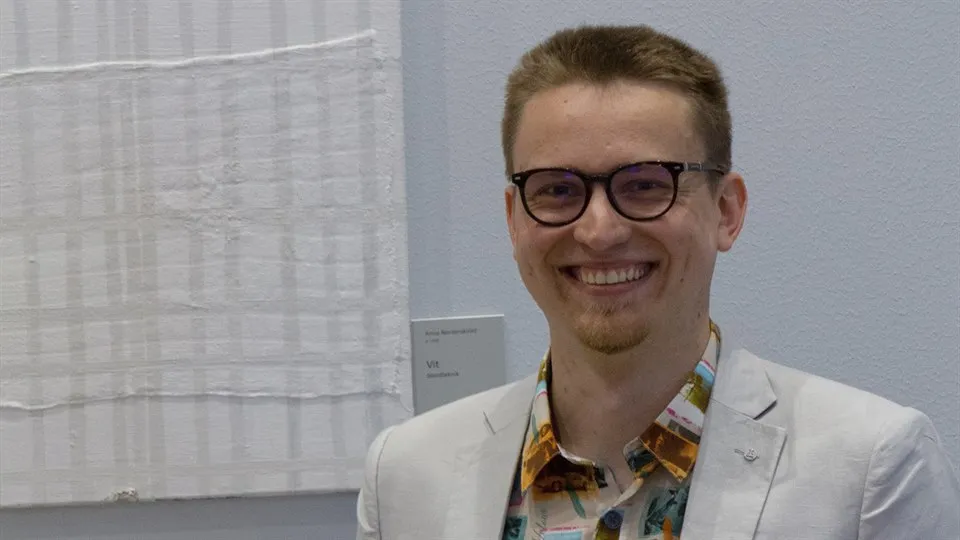Elijs Dima presented his Licentiate thesis
We would like to congratulate PhD student Elijs Dima who presented his licentiate thesis "Multi-Camera Light Field Capture Synchronization, Calibration, Depth Uncertainty, and System Design" on June 15.
Supervisors: Prof. Mårten Sjöström and Dr. Roger Olsson
Opponent: Prof. Ulf Assarsson at Chalmers University of Technology.
Abstract
The digital camera is the technological counterpart to the human eye, enabling the observation and recording of events in the natural world. Since modern life increasingly depends on digital systems, cameras and especially multiple-camera systems are being widely used in applications that affect our society, ranging from multimedia production and surveillance to self-driving robot localization. The rising interest in multi-camera systems is mirrored by the rising activity in Light Field research, where multi-camera systems are used to capture Light Fields - the angular and spatial information about light rays within a 3D space.
The purpose of this work is to gain a more comprehensive understanding of how cameras collaborate and produce consistent data as a multi-camera system, and to build a multi-camera Light Field evaluation system. This work addresses three problems related to the process of multi-camera capture: first, whether multi-camera calibration methods can reliably estimate the true camera parameters; second, what are the consequences of synchronization errors in a multi-camera system; and third, how to ensure data consistency in a multi camera system that records data with synchronization errors. Furthermore, this work addresses the problem of designing a flexible multi-camera system that can serve as a Light Field capture testbed.
The first problem is solved by conducting a comparative assessment of widely available multi-camera calibration methods. A special dataset is recorded, giving known constraints on camera ground-truth parameters to use as reference for calibration estimates.
The second problem is addressed by introducing a depth uncertainty model that links the pinhole camera model and synchronization error to the geometric error in the 3D projections of recorded data.
The third problem is solved for the color-and-depth multi-camera scenario, by using a proposed estimation of the depth camera synchronization error and correction of the recorded depth maps via tensor-based interpolation. The problem of designing a Light Field capture testbed is addressed empirically, by constructing and presenting a multi-camera system based on off-the-shelf hardware and a modular software framework.
The calibration assessment reveals that target-based and certain target-less calibration methods are relatively similar at estimating the true camera parameters. The results imply that for general-purpose multi-camera systems, target-less calibration is an acceptable choice. For high-accuracy scenarios, even commonly used target-based calibration approaches are insufficiently accurate. The proposed depth uncertainty model is used to show that converged multi-camera arrays are less sensitive to synchronization errors. The mean depth uncertainty of a camera system correlates to the rendered result in depth-based reprojection, as long as the camera calibration matrices are accurate. The proposed depthmap synchronization method is used to produce a consistent, synchronized color-and-depth dataset for unsynchronized recordings without altering the depthmap properties. Therefore, the method serves as a compatibility layer between unsynchronized multi-camera systems and applications that require synchronized color-and-depth data.
Finally, the presented multi-camera system demonstrates a flexible, de-centralized framework where data processing is possible in the camera, in the cloud, and on the data consumer’s side. The multi-camera system is able to act as a Light Field capture testbed and as a component in Light Field communication systems,because of the general-purpose computing and network connectivity support for each sensor, small sensor size, flexible mounts, hardware and software synchronization, and a segmented software framework.
